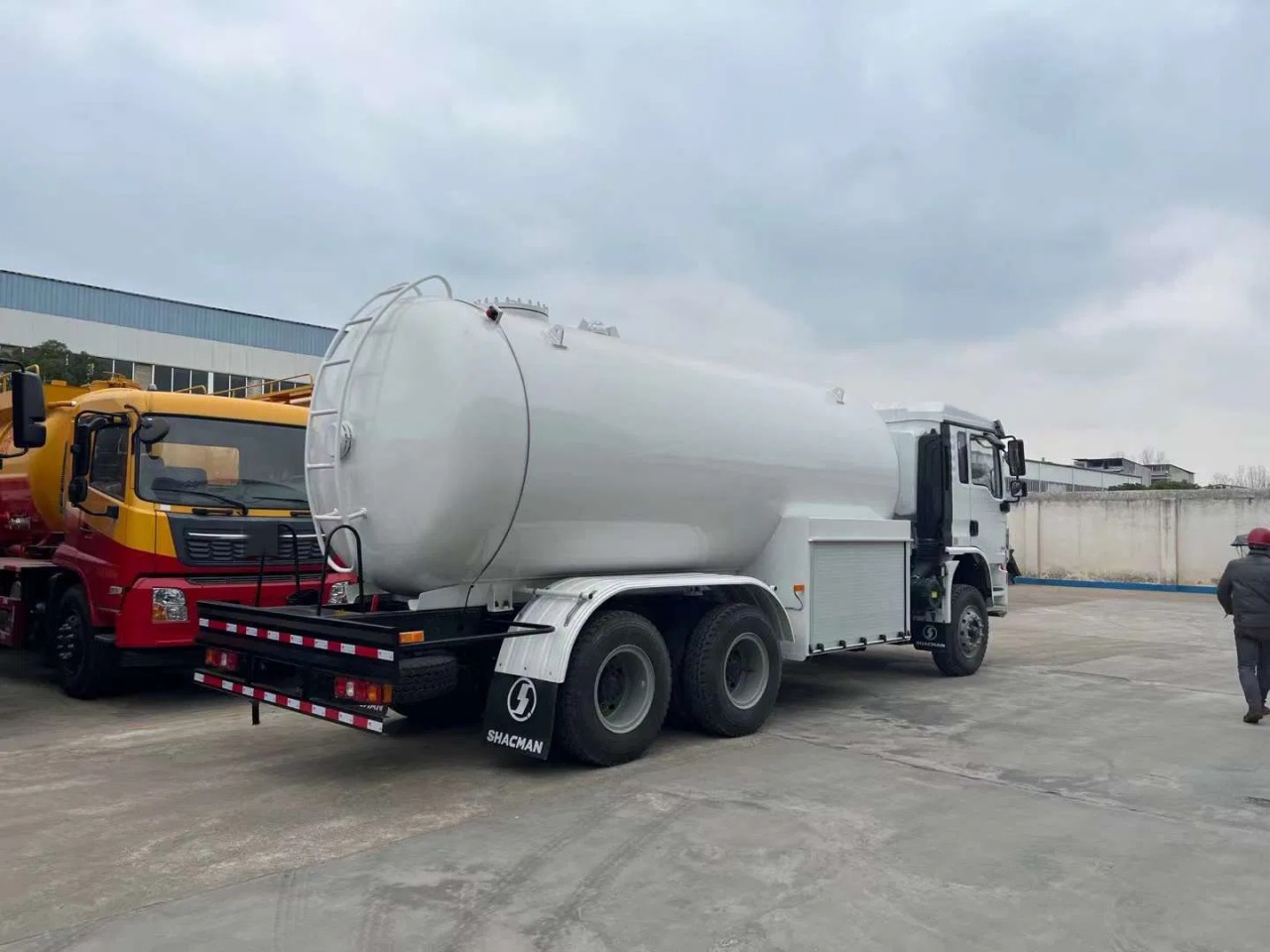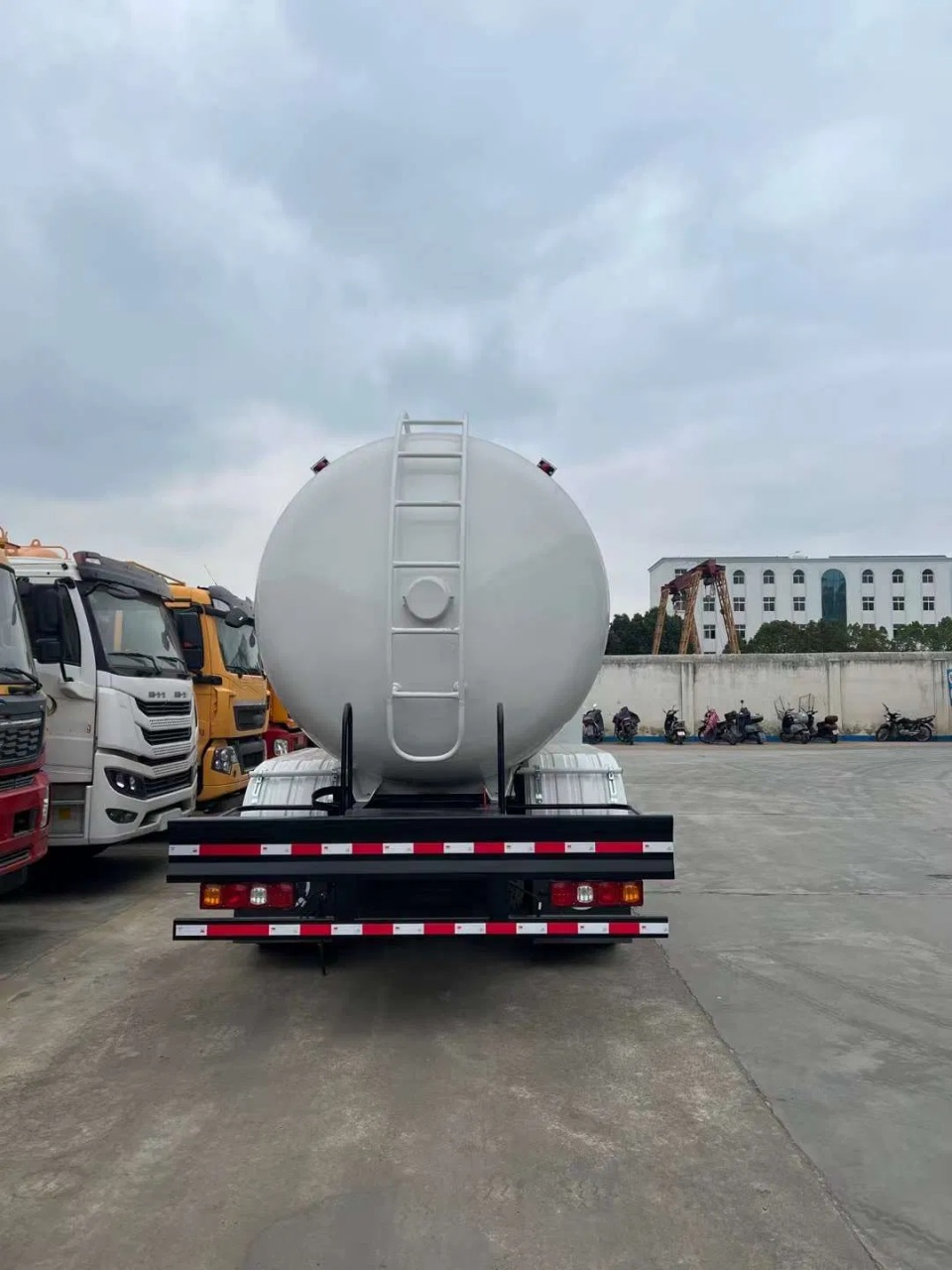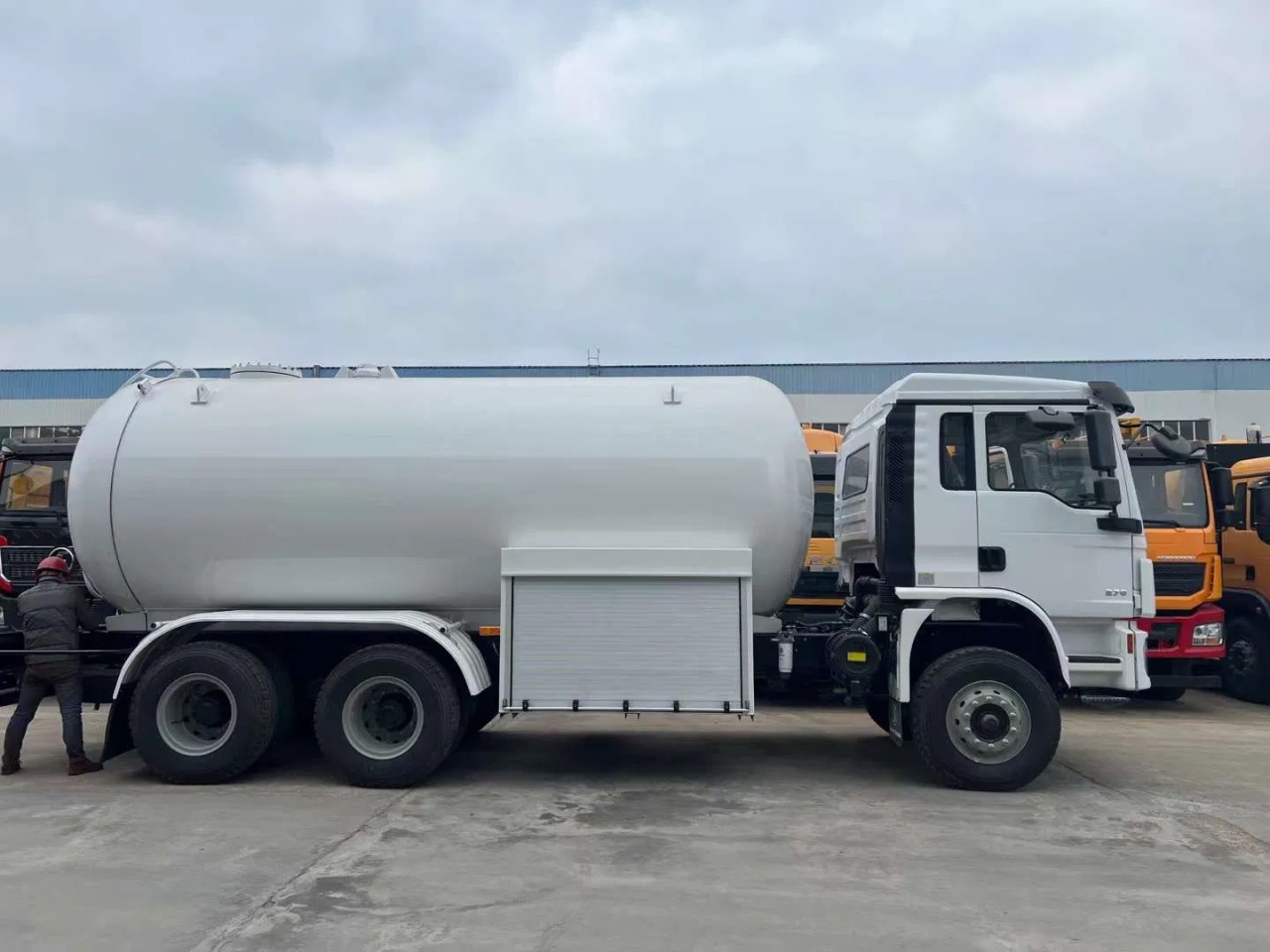Bobtail trucks are a common sight on roads and highways, often associated with logistics, fuel delivery, and other utility services. But for those outside of the trucking or transport industries, the term “bobtail truck” may sound a bit obscure. So what exactly is a bobtail truck, and more specifically, how big is it?
Let’s break it down by exploring what a bobtail truck is, its different types, dimensions, and how its size affects performance and functionality.
What is a Bobtail Truck?
The term bobtail truck refers to a truck that is operating without a trailer attached. There are 2 primary contexts in which the term is used:
- Tractor Without a Trailer: This is when a semi-truck (or tractor unit) is driving on the road without hauling a trailer. It’s still the full cab portion of the truck, but not pulling any cargo.
- Straight Truck with a Tank: Often in the propane and fuel delivery industry, the term “bobtail truck” also refers to a straight tank truck used to deliver gas or liquid fuel to homes and businesses.
For this article, we’ll primarily focus on the second definition, the straight tank bobtail truck, as it’s the more commonly referenced type when asking, “How big is a bobtail truck?”
General Dimensions of a Bobtail Truck
A bobtail truck is generally considered smaller than a full-size semi-truck, but it still maintains a considerable size. Here are the typical dimensions:
1. Length
The overall length of a bobtail truck ranges from 24 to 35 feet, depending on the type of chassis, tank capacity, and manufacturer specifications. A common average length is around 30 feet.
2. Width
Bobtail trucks typically measure about 8 to 8.5 feet wide, aligning with standard commercial vehicle widths for road use in the United States. This width includes the side mirrors.
3. Height
The height of a bobtail truck can vary based on tank size and chassis height, but it generally falls between 10 and 12 feet. This is important for determining clearance under bridges and power lines during delivery routes.
4. Wheelbase
The wheelbase of a bobtail truck (distance between the front and rear axles) usually ranges from 150 to 260 inches (approximately 12.5 to 21.5 feet), which affects turning radius and maneuverability.
Tank Capacity and Weight
Bobtail trucks are primarily designed to carry liquid propane or other fuels, and the tank capacity is a crucial size-related factor.
1. Tank Capacity
Most bobtail trucks carry between 1,000 to 5,000 gallons of fuel, with 3,000-gallon tanks being very common for residential and commercial delivery routes. The tank size is cylindrical and horizontally mounted on the truck’s frame.
2. Weight (GVWR)
The Gross Vehicle Weight Rating (GVWR) of a bobtail truck is typically between 26,000 and 33,000 pounds. This includes the weight of the truck, tank, fuel, and other equipment. The GVWR can push the vehicle into the Class 7 or Class 8 truck category, depending on configuration.
When empty (tare weight), a bobtail truck may weigh between 14,000 and 18,000 pounds, but this increases substantially when the tank is full.
Types and Configurations
Bobtail trucks are not all built the same. The dimensions and specifications may vary depending on the application, chassis brand, and fuel type. Here are a few common types:
1. Light-Duty Bobtail Trucks
- Smaller tanks (around 1,000–1,500 gallons)
- Ideal for tight urban routes
- Shorter wheelbase (under 200 inches)
- Typically under 26,000 lbs GVWR
2. Medium-Duty Bobtail Trucks
- Tank capacity of 2,000–3,000 gallons
- Most common for residential propane delivery
- GVWR up to 33,000 lbs
- Versatile and maneuverable
3. Heavy-Duty Bobtail Trucks
- Larger tanks (3,500–5,000 gallons)
- Used for commercial fuel delivery or high-volume applications
- Heavier axles and suspension
- GVWR exceeding 33,000 lbs
- Requires a Class A or B CDL to operate
Maneuverability and Road Performance
Size has a direct impact on how a bobtail truck behaves on the road. Compared to full tractor-trailers, bobtail trucks are more agile and easier to operate in suburban or rural environments.
1. Turning Radius
Thanks to a shorter wheelbase, bobtail trucks generally have a tighter turning radius than tractor-trailers, making them more suitable for navigating residential neighborhoods or construction sites.
2. Ride Quality
A lightly loaded or empty bobtail truck can have a rough ride due to the rear suspension being designed to handle heavy loads. Operators often note that bobtail trucks “bounce” more when not fully loaded.
3. Stopping Distance
Despite being smaller than semi-trucks, bobtail trucks still require longer stopping distances than passenger vehicles, especially when fully loaded. This is an important consideration for safety and route planning.
Legal and Regulatory Considerations
Because of their size and the nature of the materials they carry, bobtail trucks are subject to various regulations.
- Licensing: Most drivers must hold a Commercial Driver’s License (CDL), especially for trucks over 26,000 lbs GVWR.
- Hazmat Endorsement: Because bobtail trucks often carry flammable liquids, drivers also need a Hazardous Materials (Hazmat) endorsement.
- DOT Inspections: Trucks are subject to Department of Transportation (DOT) inspections to ensure safety compliance.
How Does Size Affect Use?
The size of a bobtail truck determines its suitability for various roles. Smaller bobtails are perfect for narrow streets and tight delivery zones, while larger ones can deliver bulk quantities of fuel to large industrial or agricultural clients.
Here’s how different industries use bobtail trucks based on size:
- Residential Propane Delivery: Medium-sized bobtails are preferred due to the balance between capacity and maneuverability.
- Construction Sites: Larger trucks are often used to refuel heavy machinery.
- Rural Areas: Trucks with larger tanks are advantageous due to the longer distances between refueling points.
Final Thoughts
So, how big is a bobtail truck? While sizes vary, most fall within 24 to 35 feet long, around 8 feet wide, and up to 12 feet tall, carrying 1,000 to 5,000 gallons of fuel and weighing up to 33,000 pounds or more when fully loaded.
This substantial size is necessary to carry heavy, often hazardous materials, but the truck is still small and nimble enough to operate where full-sized fuel tankers or semi-trucks cannot go.
Understanding the size and capabilities of a bobtail truck is essential for those working in fuel delivery, logistics, and utility services. Whether you’re managing a fleet or just curious about these specialized vehicles, knowing their dimensions helps paint a clear picture of their role in the world of transportation.





